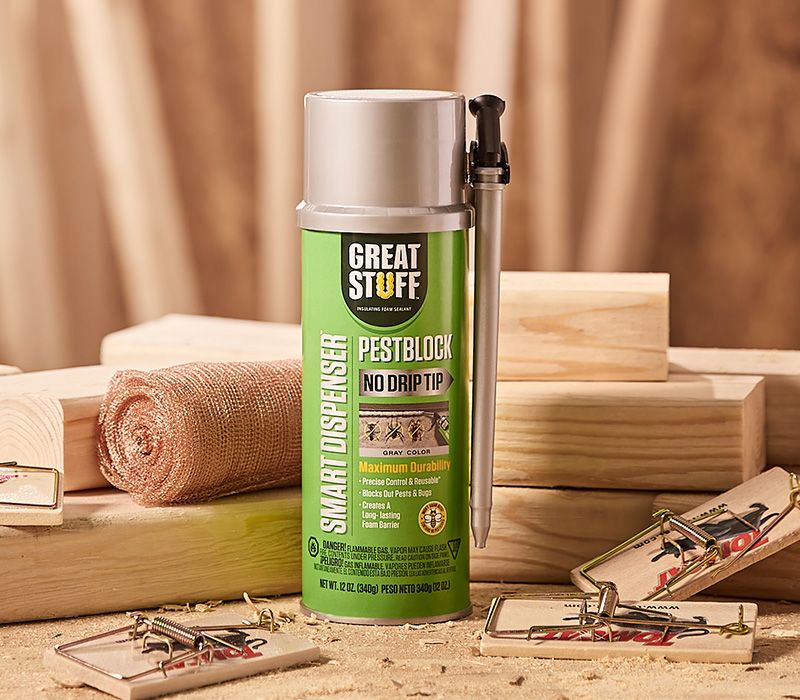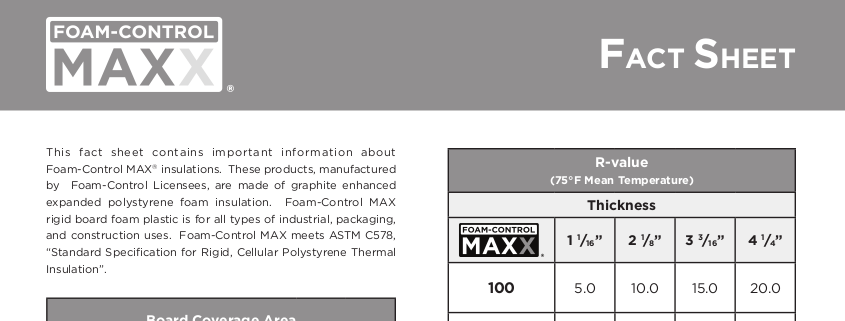Reliable Techniques for Accomplishing Optimal Foam Control in Chemical Production
Effective foam control is a vital element of chemical manufacturing that can significantly influence manufacturing effectiveness and product high quality. By recognizing the devices of foam formation and selecting suitable anti-foaming representatives, manufacturers can take proactive actions to reduce extreme foam. Additionally, the application of process optimization strategies and advanced tracking systems plays a vital role in preserving ideal operating problems. Nevertheless, the subtleties of these approaches can vary widely across different applications, elevating important inquiries about finest methods and real-world applications that warrant further exploration.
Comprehending Foam Formation

Surfactants, or surface-active agents, decrease the surface area stress of the liquid, helping with bubble stability and promoting foam generation. Additionally, frustration or blending procedures can enhance bubble development, often aggravating foam concerns. The features of the fluid medium, including thickness and density, additional influence foam habits; for instance, even more thick liquids have a tendency to trap air better, leading to increased foam stability.
Understanding these essential aspects of foam development is essential for effective foam control in chemical production. By acknowledging the conditions that advertise foam growth, producers can execute targeted techniques to mitigate its unfavorable results, thereby optimizing production processes and ensuring constant product high quality. This fundamental expertise is necessary before exploring certain approaches for managing foam in industrial settings.
Choice of Anti-Foaming Agents
When picking anti-foaming representatives, it is crucial to take into consideration the particular attributes of the chemical process and the kind of foam being generated (Foam Control). Numerous factors affect the efficiency of an anti-foaming representative, including its chemical make-up, temperature level stability, and compatibility with other procedure materials
Silicone-based anti-foams are commonly utilized because of their high efficiency and broad temperature variety. They work by decreasing surface tension, enabling the foam bubbles to coalesce and damage even more conveniently. They may not be ideal for all applications, specifically those including sensitive formulations where silicone contamination is a problem.
On the other hand, non-silicone representatives, such as mineral oils or organic substances, can be helpful in details situations, specifically when silicone deposits are unwanted. These representatives often tend to be less reliable at greater temperature levels but can provide efficient foam control in various other problems.
In addition, comprehending the foam's beginning-- whether it develops from oygenation, agitation, or chemical reactions-- overviews the option process. Evaluating under actual operating conditions is critical to make sure that the chosen anti-foaming representative fulfills the one-of-a-kind demands of the chemical production procedure properly.
Process Optimization Strategies
Efficient foam control is a crucial element of maximizing chemical production processes. By fine-tuning these parameters, operators can reduce turbulence, consequently minimizing foam development throughout blending.
In addition, regulating temperature and pressure within the system can substantially impact foam generation. Reducing the temperature might lower the volatility of certain components, resulting in lowered foam. Preserving optimal pressure degrees aids in alleviating too much gas launch, which adds to foam stability.
Another effective technique is the strategic addition of anti-foaming representatives at crucial phases of the process. Cautious timing and dosage can guarantee that these agents efficiently suppress foam without interrupting various other process criteria.
Moreover, including an organized evaluation of resources buildings can aid identify inherently frothing materials, permitting preemptive steps. Last but not least, carrying out regular audits and procedure reviews can expose inadequacies and areas for renovation, enabling continuous optimization of foam control strategies.
Monitoring and Control Systems
Surveillance and control systems play an important duty in keeping ideal foam monitoring throughout the chemical production procedure. These systems are important for real-time monitoring and change of foam levels, making sure that production performance is taken full advantage of while decreasing interruptions triggered by too much foam formation.
Advanced sensing units and instrumentation are employed to discover foam thickness and height, giving crucial data that educates control algorithms. This data-driven strategy enables the prompt application of antifoaming representatives, guaranteeing that foam levels continue to be within appropriate limitations. By incorporating tracking systems with process control software, producers can execute computerized feedbacks to foam variations, decreasing the need for manual intervention and enhancing functional uniformity.
Furthermore, the integration of you can try here machine discovering and predictive analytics into monitoring systems can promote positive foam administration. By analyzing historical foam information and functional criteria, these systems can anticipate foam generation patterns and advise preemptive measures. Normal calibration and upkeep of tracking equipment are important to make certain accuracy and integrity in foam detection.
Inevitably, efficient surveillance and control systems are vital for maximizing foam control, promoting security, and enhancing overall performance in chemical production environments.

Situation Research Studies and Finest Practices
Real-world applications of tracking and control systems highlight the value of foam administration in chemical manufacturing. A remarkable instance research study entails a large-scale pharmaceutical supplier that implemented an automated foam discovery system. By integrating real-time monitoring with anticipating analytics, the center minimized foam-related production downtime by 30%. The data-driven technique permitted prompt interventions, making sure consistent item quality and operational efficiency.
An additional excellent situation originates from web a petrochemical company that embraced a combination of antifoam agents and process optimization strategies. By examining foam generation patterns, the company customized its antifoam dosage, leading to a 25% reduction in chemical usage and significant cost financial savings. This targeted method not only reduced foam disturbance yet also boosted the overall security of the manufacturing procedure.

Conclusion
Finally, achieving optimal foam control in chemical production requires a thorough strategy including the option of ideal anti-foaming agents, implementation of procedure optimization strategies, and the integration of innovative monitoring systems. look at this web-site Regular audits and training better boost the performance of these techniques, promoting a society of continuous enhancement. By addressing foam formation proactively, producers can considerably boost manufacturing efficiency and product high quality, inevitably contributing to more lasting and economical operations.
By comprehending the mechanisms of foam development and choosing appropriate anti-foaming representatives, manufacturers can take positive actions to minimize too much foam. The attributes of the fluid medium, consisting of viscosity and density, more influence foam habits; for example, even more viscous fluids tend to catch air extra successfully, leading to increased foam security.
Comprehending these basic aspects of foam formation is crucial for reliable foam control in chemical production. By evaluating historical foam data and operational parameters, these systems can forecast foam generation patterns and suggest preemptive procedures. Foam Control. Regular audits of foam control gauges ensure that procedures continue to be enhanced, while cultivating a culture of positive foam monitoring can lead to sustainable improvements throughout the manufacturing range